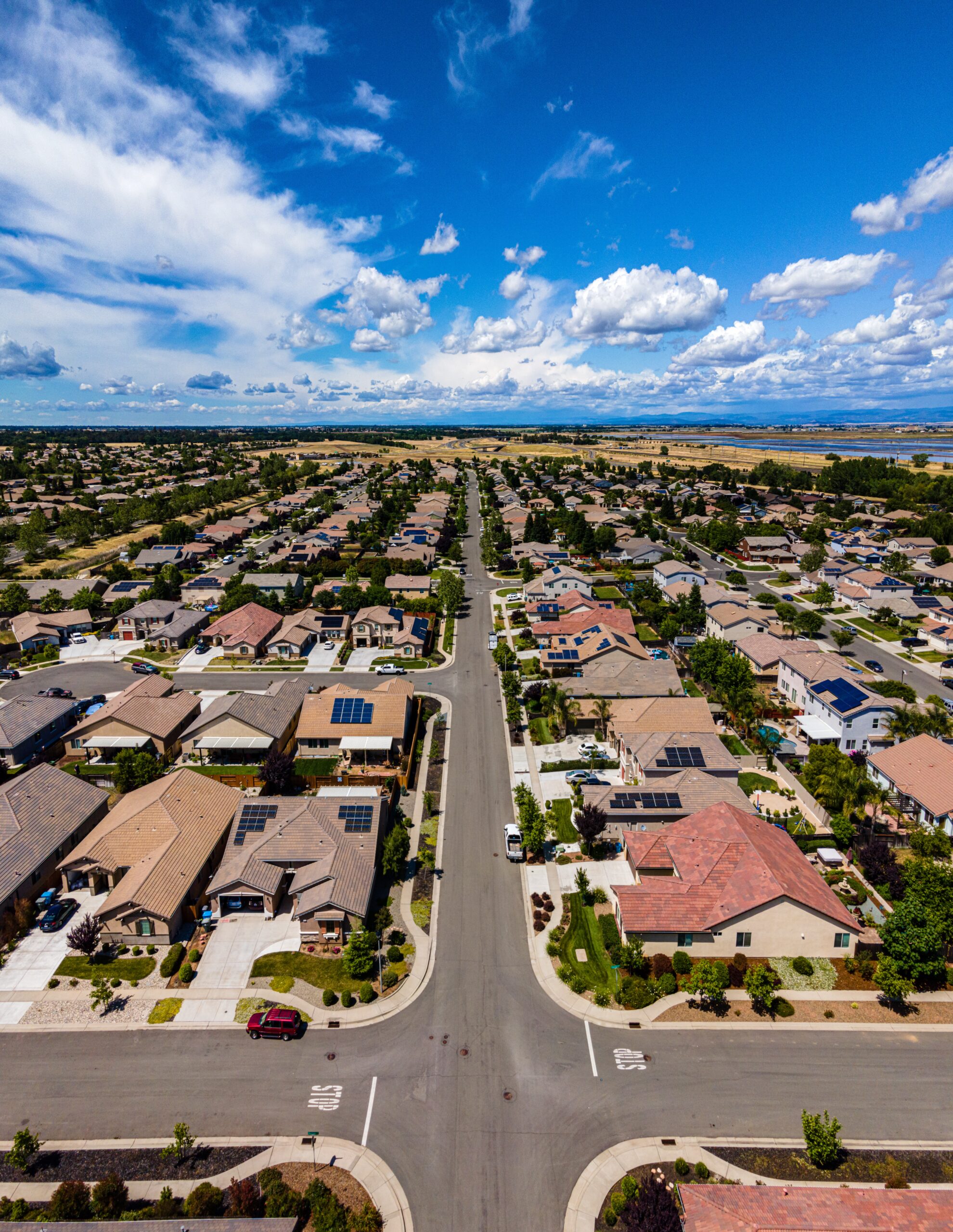By Will Parker
America’s suburbs are posting the country’s fastest-rising rents, a sign that the recent migration of families from major cities is starting to look more long-term.
Many white-collar workers with remote jobs moved out of city apartments for roomier accommodations during the early months of the pandemic in 2020. Now, high mortgage rates and home prices are keeping some of the same families renting for longer periods. A rise in crime and homelessness in several big cities has some renters looking to the suburbs.
The trend is propping up rents and fueling concerns about rental affordability in suburban areas, leading some governments to pass new rent-control measures in response.
Rents in suburbs had climbed 26% through this past July since March 2020, 8 percentage points higher than the gain in urban cores, according to a report from rentals website Apartment List. Suburban rent growth was greater than its urban counterpart in 28 of the 33 metro areas studied, the company said.
“In 2019, we were talking about a decade of urbanization,” said Igor Popov, Apartment List’s chief economist. “That is no longer the case.”
he widest rent gap was in Portland, Ore., which lost nearly 3% of its population between 2020 and 2022. Rents in Portland’s suburbs are up 23% since 2020, compared with about 2% in the center city.
Moves to the suburbs have continued despite a historically difficult for-sale housing market. The number of existing-home sales in July shrank to its lowest level for that month since 2010, and prospective buyers continue to struggle with 7% mortgage interest rates and sale prices that remain near record highs.
Rents for single-family homes, meanwhile, continue to grow in most parts of the country. House rents in the Chicago, Boston and Orlando metro areas each rose more than 5% in June, compared with a year earlier, according to data firm CoreLogic. Green Street, a real-estate research firm, predicts single-family-home rental landlords will post the highest returns of all real-estate owners this year.
Though apartment asking rents are declining slightly in 2023, on average that drop has been felt less in suburbs, Apartment List said. Rents in suburban towns around Charlotte, N.C., and St. Louis, for example, are still growing, while in adjacent urban cores rents now run negative, when measured annually.
In St. Charles, Mo., about half an hour from downtown St. Louis, tenants started moving in last month to Chapter at the Streets, a new 245-unit apartment building. Developer CRG has leased up 25% of the units so far, exceeding the company’s initial expectations, said Shawn Clark, the developer’s chief executive. The St. Charles market is being driven by population growth, low levels of new rental supply and a difficult home-sales market.
“With higher interest rates, folks who were considering purchases are maybe reconsidering it,” Clark said.
Suburbs nationwide gained population last year, often at the expense of core counties in large metro areas, which collectively lost more than 800,000 movers, according to a Wall Street Journal analysis of U.S. census data. St. Charles’s population, for example, grew nearly 1% between 2020 and 2022, while the city of St. Louis lost about 5% of its residents over the same period.
Even before the pandemic, large apartment investors were betting that the future of rent was in the suburbs. Seventy-nine percent of apartment-building sales took place outside of central business districts in 2012, according to MSCI Real Assets. By 2019, that share had risen to 89%.
Some suburbs are trying to rein in the recent upswing in rents. In both Prince George’s County and Montgomery County, Md., near Washington, D.C., local governments this year passed rent-stabilization laws that limit annual rent increases. Montgomery County Councilmember Natali Fani-González called the policy “a permanent solution to protect tenants.” Pasadena, Calif., near Los Angeles, passed a rent-control law last year.
There are a handful of exceptions to the suburban-over-urban rent gap. Rent growth in the urban core of Tampa, Fla., and in New York City is outrunning the surrounding suburbs of those cities, Apartment List found.
Elsewhere, the gap between urban and suburban apartment rents could start closing soon, as developers build more apartments in suburban areas, increasing competition and potentially slowing rent growth. In some areas, suburban apartment rents are quickly approaching the cost to rent a single-family home.
“The spread between renting a home and renting an apartment is becoming narrower and narrower,” said Jim Giblin, a multifamily building broker with the Mogharebi Group in Portland, Ore. “At some point when they match, you’ll see more people renting homes.”


